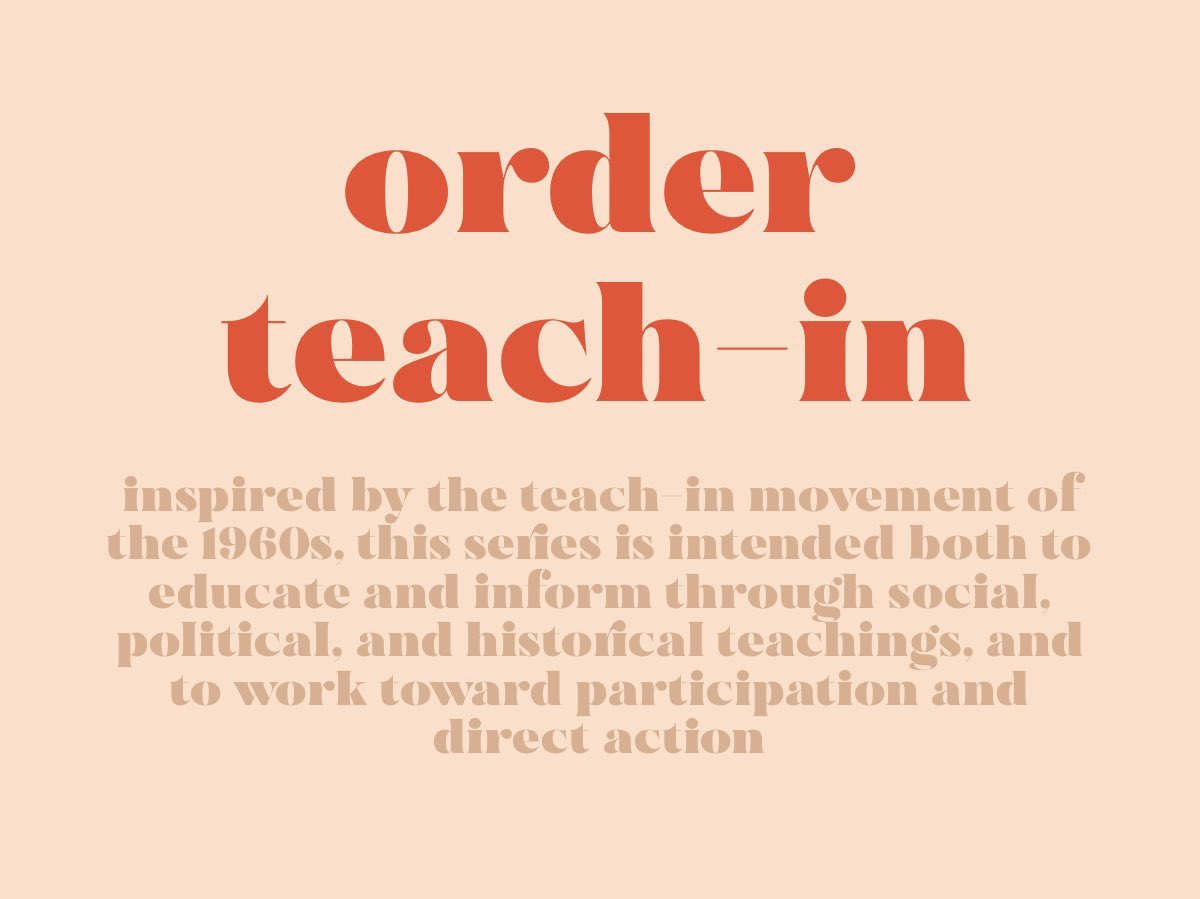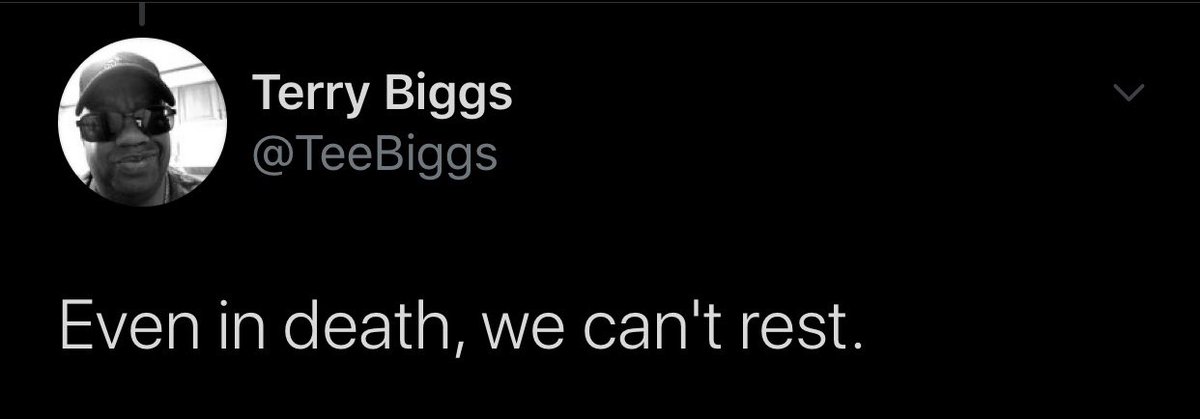1. For our ongoing teach-in series we’re taking a look at how white supremacy impacts the way marginalized communities experience death and access death care.
2. Inspired by the Teach-in movement of the 1960s, this series is intended both to educate and inform through social, political, and historical teachings, and to work toward participation and direct action.
3. Each teach-in cycle will have a theme on which we’ll be sharing selected articles, videos, art, and media, as well as actionable solutions, or ways to support change.
4. For our Cycle 2 subject: In the U.S. cemeteries are largely considered ‘sacred,’ the dead buried with ‘dignity’ and left to ‘rest in peace,’ but for Black bodies this has hardly been the case—Black folks cannot rest or experience peace, even in death.
5. Here’s your 1st read: How Black burial grounds are sites of memory, resistance, and freedom created within a hostile white supremacist society that normalized enslavement and the dehumanization of Black bodies. http://www.orderofthegooddeath.com/baltimores-mount-auburn-cemetery-autonomously-african-free-white-control
6. Historic Black cemeteries have devolved into trash dumps and overgrown forests, while tidy Confederate memorials still draw public funding. https://www.thenation.com/article/archive/black-deaths-matter/
Ideologies of privileged belonging in the U.S. still unfold across corpses, ashes, and burial grounds. http://www.orderofthegooddeath.com/grave-matters-segregation-and-racism-in-u-s-cemeteries
“..my family is still being confronted with a hate crime against Emmett Till and it’s almost 65 years later.” https://www.nytimes.com/2019/10/20/us/emmett-till-bulletproof-sign.html
‘even the Black souls who have transitioned do not have their corpses dignified well after they are gone.’ https://zora.medium.com/amp/p/875adf6b7448?__twitter_impression=true
The gentrification of these once sacred spaces is costing Black people their culture https://link.medium.com/fKAh9nlGz8

 Read on Twitter
Read on Twitter



